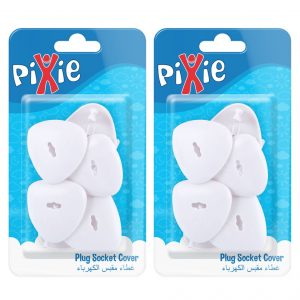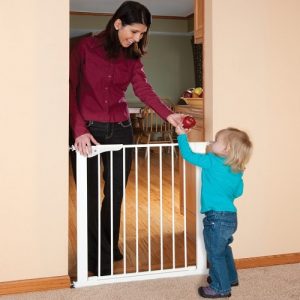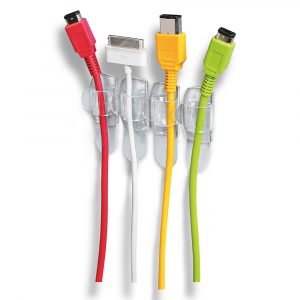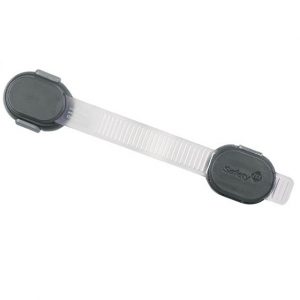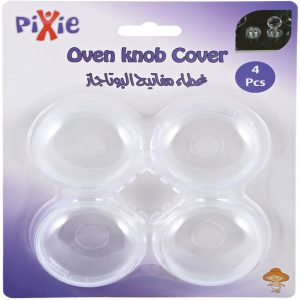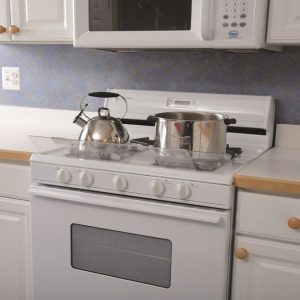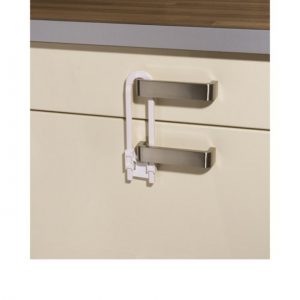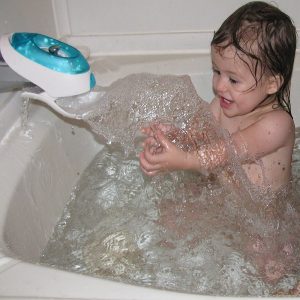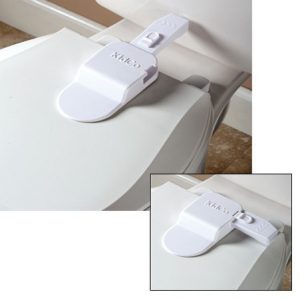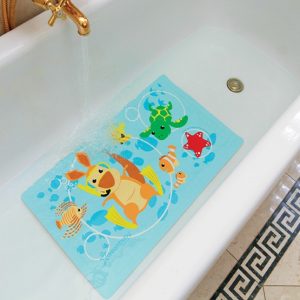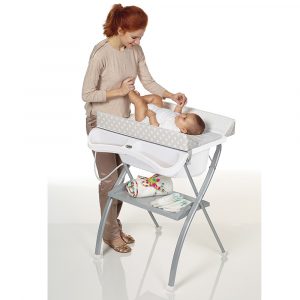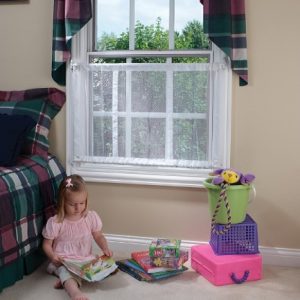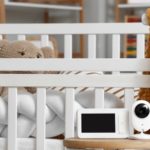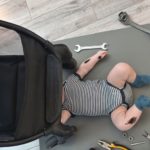There are potential hazards in every nook and corner of the house. Your little one won’t know the safety rules. Let us show you how to turn your house into a secure playroom, perfect for his explorer instincts. Here are our top tips to Baby proof your home
Babies just love to get into trouble, don’t they? They sure don’t take much time to begin their journey of ‘exploring’ – Be it wanting to poke their fingers into an electrical socket to find out what happens, or pulling out all the drawers they can find to unleash the treasures within. Most babies start crawling at around 8 months old. As an expecting parent, first-time parent, or even an experienced parent, it is essential that you babyproof your house: You don’t want to end up having a mini heart attack every time your bundle of energy takes off crawling.
We present to you a checklist of the 10 best things you can do to make your house baby proof and baby friendly. Here we go
1-Seal Electrical Sockets:
Plug all the electrical outlets in your home that are within your baby’s reach with plastic outlet covers. Like the Pixie Plug Socket Cover. These covers are hard to remove for a baby and provide complete protection against any shocks or mishaps.. You can also arrange your furniture in such a way that the electrical sockets are partially blocked so that your little one isn’t tempted to go poking his/her fingers in the sockets.
2-Guard the Stairs
If your baby has started to crawl, you never know when he/she might suddenly reach the edge of the stairs before you can even notice. So it is imperative that you don’t leave any chance for your baby to take a bad fall off the stairs. This can easily be done by barricading them. Baby gates can also be used to block off-limit rooms and sections of your house.
3-Soften Hard Edges:
Put corners or edge guards on all the pieces of furniture in your home that have sharp edges that could injure your baby. Tables and sofas below knee height can be especially dangerous since your baby could knock his head against them. Keep heavy items that can be grabbed and pulled by your baby out of his reach and push them back as far as possible.
4-Control your Cords:
Do not under any circumstances leave your baby in a room that has messy cords lying loose – be it your laptop, computer, LED TV, or your landline phone. One tug could send your equipment crashing onto your baby and cause serious injuries. Make use of cord holders to keep your cords fastened against the walls.
5-Lock your Cupboards:
Babies are a curious bunch: To their little imaginations, opening up the cupboards at home can be like opening up Pandora’s magic box. They just have to know what secrets are inside them. So as a parent, you must ensure that there are safety locks in place on all your cupboards – whether they be in the kitchen or other rooms – so your baby can’t open them.
6-Keep your Kitchen Safe:
The kitchen can be an especially dangerous area for babies if not taken care. Here are some points that you can note to keep it safe:
-Put stove covers on all your stove knobs.
-Every kitchen must have a fire extinguisher in case of an emergency. Make sure it is placed high up on a shelf and away from the baby’s reach.
-Make sure your oven door is locked. And use a stove guard.
-Do not put any magnets on the refrigerator as this puts your baby at risk of pulling them off, putting them in his/her mouth and choking himself/herself.
-Keep dangerous objects out of the reach of your baby, including all the washing liquids and detergents.
–Lock up the rubbish bin or place it in a cupboard that you can keep locked.
7-Babyproofing your Bathroom:
Here are few quick pointers that you can use to make your bathroom baby proof:
–Cover the faucet in your bath to protect your baby’s head from bumping into it in case he/she falls.
-Keep any kind of equipment like flat-iron rod out of your baby’s reach.
-Make sure your medicine cabinet is kept locked and safe.
-Install a toilet lock so your little one doesn’t accidentally crush his/her little fingers under the seat.
-Make sure you don’t have any sharp objects like razors blades or electric toothbrushes lying around anywhere near your baby.
-You can also buy non-slip mats and place them in and out of the tub so your baby does not slip on the bathroom surfaces, which can become very slippery with all the soapy water.
9-Remove Plants:
Babies literally put anything and everything in their mouths. It is better if you put those Feng Shui or Bonsai plants on a very high ledge or to some off-limit area where your baby could never reach them. After all, you wouldn’t want to find your youngster feasting on dirt or putting any poisonous plants in his/her mouth.
9-Secure your Diaper Changing Table:
You must never ever leave your baby unattended while changing his diaper. Sometimes parents don’t keep the wipes or baby creams close enough at hand and get up just for a second to grab them. However, within that second the baby could easily roll over and fall, leaving him/her badly hurt. Make sure you have all the items that you need with you and secure your changing table with safety straps to avoid falling hazards.
10-Furniture Away From The Window:
Do not keep any furniture near the window. There is always the chance that your baby may learn to prop himself/herself on the sofa or the chair and try out this new trick by leaning out of the window, resulting in a nasty fall. You can also install window guards to prevent falls. You can also use a window guard.
About 2.3 million children get accidentally injured every year according to the U.S. Centers for Disease Control and Prevention. That is a very scary statistic. We hope you went through our baby proofing checklist to prevent such accidents and can now welcome your baby into a safe home. It is better to start early and make your home safe before the arrival of your baby so that when he/she comes, all your attention is on loving him/her and not worrying about anything else.
Check out Is your child buckled up? Car Safety and Why it’s Essential



